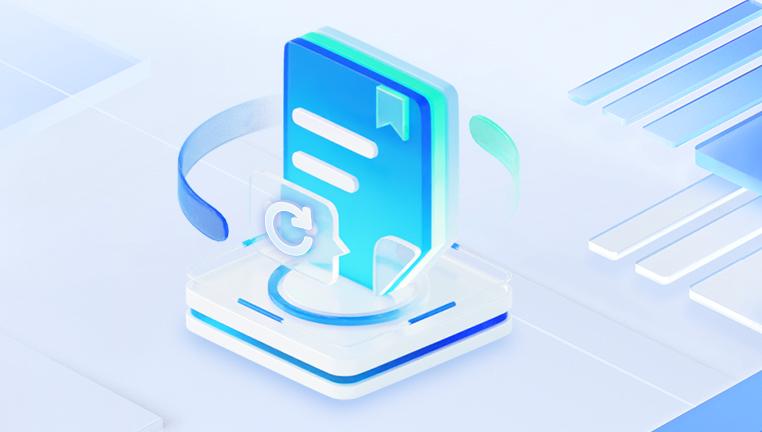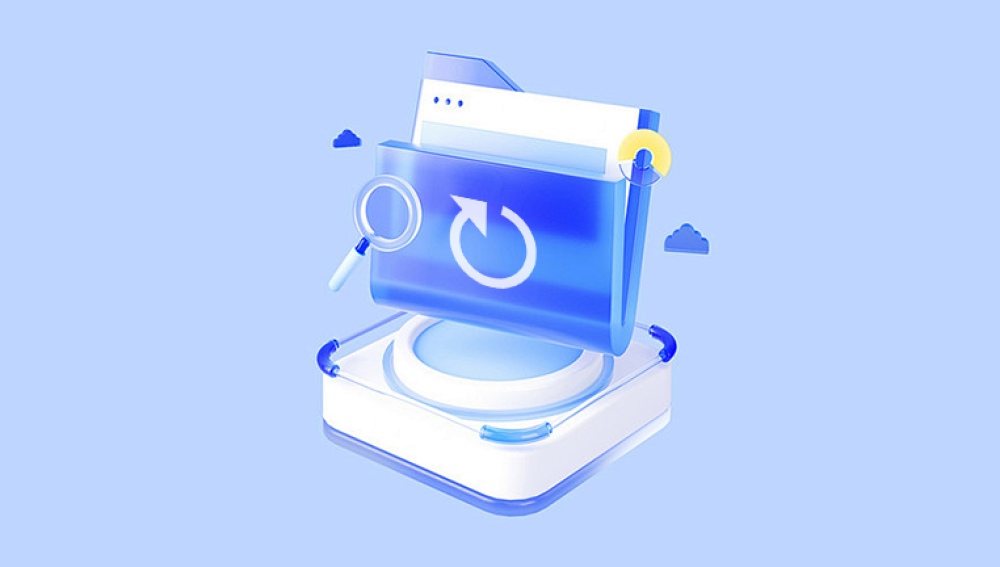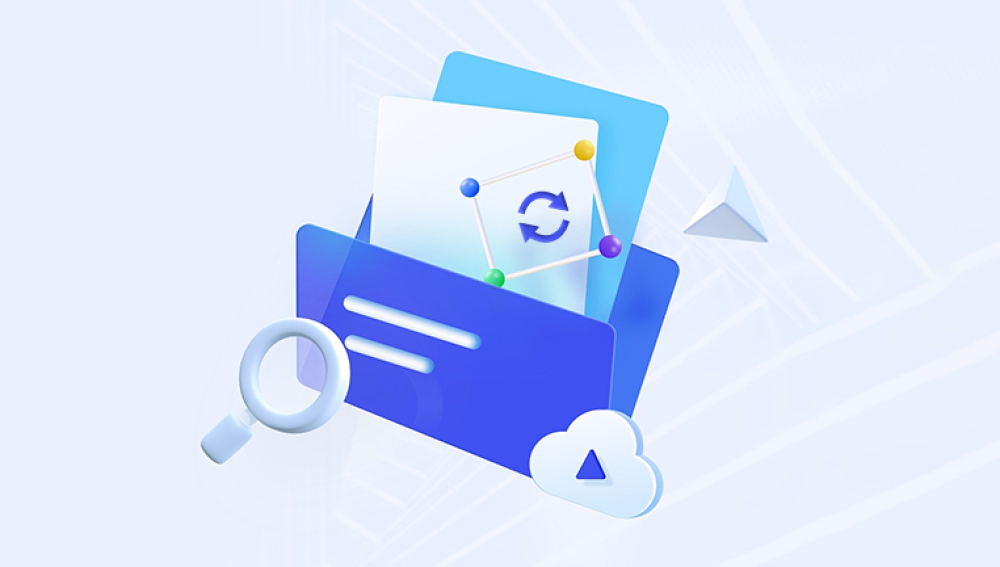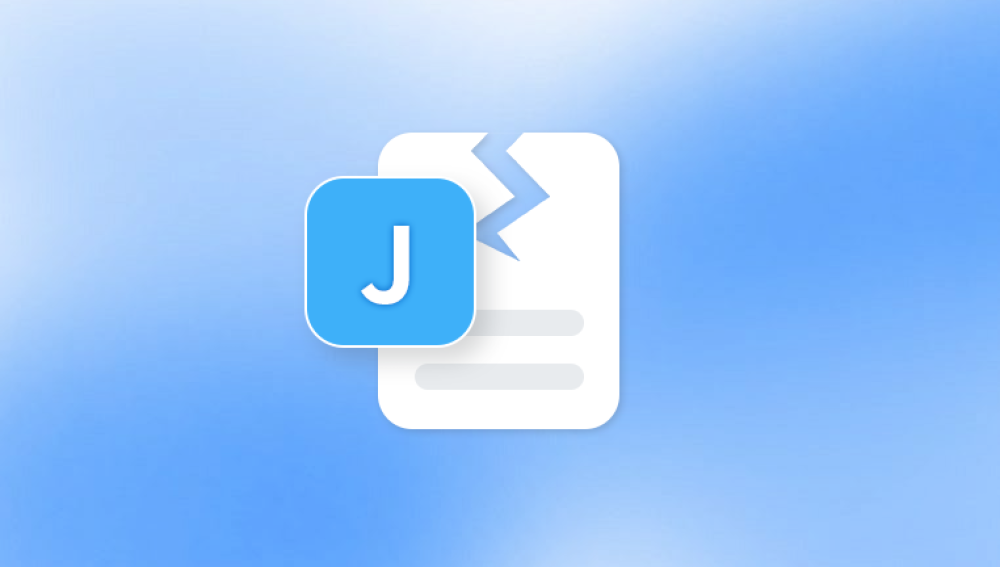We live in a highly visual world where photos and images play an essential role in both our personal and professional lives. From memorable vacation pictures and wedding snapshots to professional marketing graphics and scanned documents, image files are an integral part of our digital experience. Unfortunately, it is not uncommon for image files to become corrupted.
Chapter 1: Image Corruption
What Is Image Corruption?
Image corruption occurs when a file's structure or data becomes altered in a way that makes it unreadable or partially unreadable by software. This can result in:
Blank or black images
Color glitches
Horizontal or vertical lines
Incomplete image loading
File not opening at all

Common Causes of Image Corruption
Improper file transfers
Pulling out USBs or SD cards during file transfer.
Power outages or shutdowns
Sudden interruptions while saving images.
Malware and viruses
Malware can corrupt image headers or embed malicious data.
Bad sectors on storage devices
Images stored in damaged areas of a drive can become unreadable.
Unsupported software or outdated apps
Using old or incompatible image viewers.
File format conversion errors
Improperly converting files (e.g., .JPG to .TIFF) without the right codecs.
Chapter 2: Can You Repair Corrupted Images Online for Free?
Yes! You can repair mildly to moderately corrupted images online using free tools. Online image repair is most effective when:
The file is structurally intact (not physically damaged).
The corruption affects the preview or display but not the entire image data.
You can upload and download files securely.
Benefits of Online Repair Tools
No software installation required
Free to use (at least for basic features)
Accessible from any device with a browser
Quick and easy for beginners
Limitations
File size restrictions (often 5MB to 50MB)
Limited support for RAW formats (CR2. NEF, etc.)
Privacy concerns (not ideal for sensitive images)
No offline capability if your connection drops
Chapter 3: Top Free Online Tools to Repair Corrupted Images
Let’s explore some of the most popular and effective free online tools to repair your corrupted image files:
1. OfficeRecovery Online Photo Repair
Panda Repair
Panda Repair is a reliable and user-friendly online tool designed to help users restore corrupted or damaged image files quickly and effectively. Whether your image files have become unreadable due to transfer errors, storage corruption, or formatting issues, Panda Repair offers a streamlined solution to recover your valuable visuals—completely free of charge.
Key Features of Panda Repair
Supports Multiple Formats: Works with popular image types such as JPEG, JPG, PNG, BMP, and GIF.
No Installation Needed: 100% online-based, accessible through any browser.
AI-Powered Repair: Uses intelligent algorithms to detect and fix structural and visual corruption in image files.
Fast & Easy Process: Just upload, wait for processing, and download your repaired image.
Secure & Private: Uploaded files are encrypted, processed securely, and deleted automatically after repair.
How to Repair a Corrupted Image Using Panda Repair
Visit the Panda Repair Website: Open the tool in your browser.
Upload Your Corrupted Image: Drag and drop your file or select it from your device.
Let Panda Repair Analyze and Fix the File: The tool scans for header issues, missing data, and broken pixel regions.
Preview and Download: Once repaired, you can preview the image before saving it to your device.
2. PixRecovery (by Recovery Toolbox)
Supported Formats: JPG, JPEG, PNG, BMP, GIF
How It Works:
Upload the corrupted image.
The tool attempts repair and displays a preview.
Free download of the repaired preview; full-resolution download may be paid.
Pros:
Handles various image formats
Free preview available
Works with common types of corruption
Cons:
No batch repair in the free version
Preview may be low-resolution
3. JPEG-Repair.org Online Tools
Specialty: JPEG header repair and thumbnail extraction
Features:
Extract previews from EXIF data
Rebuild JPEG headers
Convert broken images into viewable formats
Pros:
Free tools for header repair
Ideal for JPEG files with corrupt headers
Doesn’t require downloads
Cons:
Focused only on JPEG
Limited interface
4. ILoveIMG
Use Case: While it doesn’t directly repair files, it allows format conversion, compression, and resizing — often enough to bypass mild corruption.
How It Works:
Upload the image.
Convert it to another format (JPG → PNG, etc.)
Re-download the new file.
Pros:
Clean interface
Batch processing
File optimization options
Cons:
Not technically a repair tool, but helpful for corrupted previews
5. ConvertImage
Purpose: Convert and re-encode damaged images
How It Helps:
Bypasses certain types of software-level corruption
Converts to new formats
Can remove bad metadata that causes viewing issues
Pros:
Simple UI
Format re-encoding often "cleans" corrupted files
No login required
Cons:
Not effective for structural file damage
No deep repair capability
Chapter 4: Step-by-Step Guide to Repair Images Online
Here’s a general process for repairing a corrupted image file online:
Step 1: Check the Image Preview
Before trying online tools:
Open the image in different viewers (Paint, GIMP, web browser)
Check if a thumbnail preview appears in Windows Explorer
If a preview shows, the file is only partially corrupted and can likely be repaired.
Step 2: Use OfficeRecovery or PixRecovery
Visit the online repair tool.
Upload your image file.
Wait for the analysis and repair.
Preview the repaired image.
Download the output.
Step 3: Try Format Conversion
If the image won’t open in any viewer, try converting it:
Go to ILoveIMG or ConvertImage
Upload your corrupted file
Convert it to a new format (e.g., .jpg → .png)
Download the new file and check if it opens
Step 4: Extract Thumbnails from Metadata
Visit JPEG-Repair.org
Use their thumbnail extraction tool
Upload the corrupted file
Download the embedded low-resolution image (preview)
This method is helpful if the main image is gone but the thumbnail remains.
Chapter 5: Bonus Tips for Better Results
1. Rename the File Extension
Try changing the extension to .jpg, .png, or .bmp. Sometimes, incorrect extensions prevent opening.
2. Try Zipping the File
Compress the image into a .zip or .rar and unzip it again. This can bypass certain encoding issues.
3. Use Google Photos or Drive Preview
Upload the file to Google Drive or Google Photos. Sometimes, these services are more forgiving with damaged images and can display or even recover them internally.
Chapter 6: Repairing RAW Images Online (Alternative Approach)
Most online tools don’t support camera RAW formats like .CR2 or .NEF. If you have a corrupted RAW file:
Convert to DNG using Adobe DNG Converter (desktop)
Use Raw.Pics.io online viewer to open and export to JPEG
Chapter 7: Data Privacy Concerns
While online tools are convenient, uploading sensitive or private photos can be risky.
Tips for Safe Use:
Avoid uploading personal ID scans, medical images, or intimate photos
Use websites with HTTPS encryption
Read the privacy policy — choose tools that don’t store files
Chapter 8: Prevention Strategies
Once your image is repaired, it’s time to take steps to avoid future corruption:
1. Backup Regularly
Use cloud services like Google Photos, OneDrive, or Dropbox
Store backups on external drives
2. Use Reliable Storage Devices
Avoid low-quality USBs or SD cards
Use brands with error-checking features (e.g., SanDisk, Samsung)
3. Eject Devices Properly
Always use “Safely Remove Hardware” before unplugging USBs
4. Don’t Interrupt Transfers
Avoid turning off your computer or removing storage devices mid-copy
5. Use Antivirus Protection
Prevent malware from corrupting your files
Corrupted image files can be deeply upsetting, especially when they hold cherished memories or professional work. But in many cases, you don’t need expensive software or complex tools to get them back. With a range of free online image repair tools, you can often fix damaged files in minutes.
By using platforms like OfficeRecovery Online, PixRecovery, JPEG-Repair.org, and format converters like ILoveIMG, you can salvage many images that appear broken. Just remember to take the necessary precautions when handling private files online, and always back up your data to avoid future headaches.




